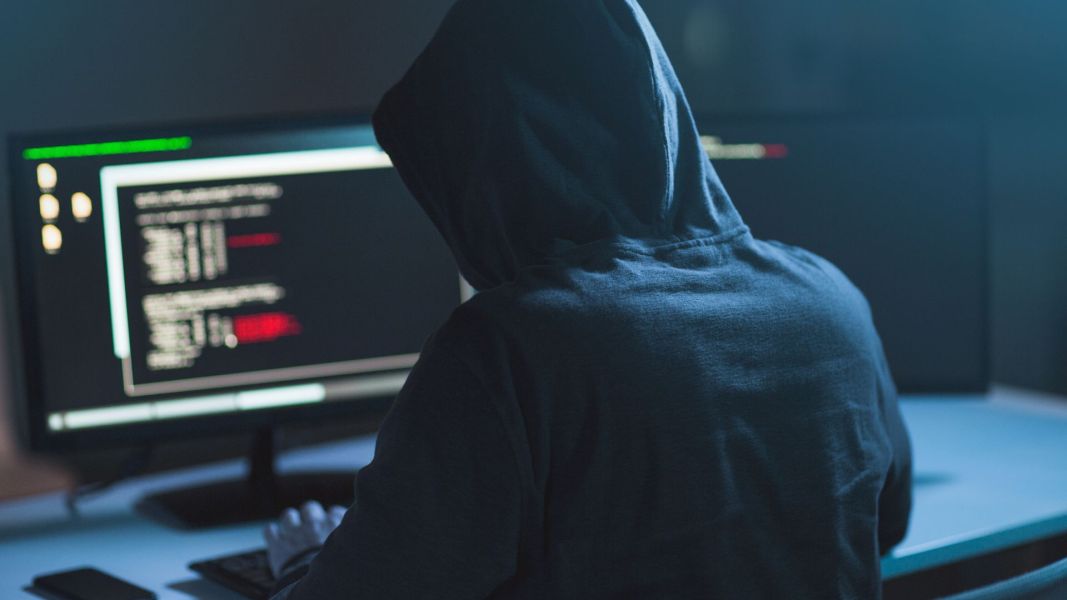It’s been a whopping 27 years since the U.S. Department of Justice (DOJ) website faced a cyber onslaught that sent shockwaves through the digital realm. Let’s take a moment to journey back to that fateful day of August 17, 1996, when the cyber-landscape irrevocably shifted, and dissect what it means for us in today’s interconnected world.

Setting the Stage: August 17, 1996
Picture this: The summer of ’96, the early stirrings of the Internet Age. Most people were still getting to grips with their dial-up modems, and “online security” was in its infancy. Against this backdrop, the U.S. Department of Justice’s website, a seemingly impenetrable digital fortress, was compromised. This wasn’t a random act of hacktivism; it was a politically charged move in protest of the administration’s endeavors to oversee and regulate the Internet.
Within hours, system administrators at the DOJ detected the breach. Their immediate reaction was to pull the site offline, but the recovery process spanned two days. In the digital realm, two days might as well be two years. And it wasn’t just the duration that had people talking; it was the glaring revelation that if the DOJ could be breached, who was safe?
Ripples Felt Far and Wide
Experts of the time weighed in with their insights, highlighting the broader ramifications of such a breach.
Ashu Bhoot, a Washington DC IT services expert with Orion Networks, was vocal, stressing the need for proactivity. “If the DOJ can be a target, any organization is potentially at risk. The need of the hour is reimagining cybersecurity strategies, ensuring that technology and human vigilance go hand-in-hand,” he commented back then.
Meanwhile, the shockwaves spread internationally. Paul Guthrie, a Calgary IT services professional with Pure IT, drew attention to Canada’s vulnerabilities. “Canadian businesses, especially our energy sector, are not invincible against such threats. We must adapt, learn, and fortify our cyber defenses,” Guthrie passionately stated.
The Aftermath and Modern Reflections
Post the incident. There was an industry-wide scramble to re-evaluate and reinforce cybersecurity measures. Public and private institutions ramped up their investments in security infrastructure, personnel training, and incident response protocols.
In today’s context, as we find ourselves in 2023, this 1996 incident feels almost archaic. Yet, its lessons remain ever pertinent. Lisa Mitchell, a veteran cybersecurity expert with Progressive Computer Systems, reflects on the incident with a fresh perspective: “That breach was a watershed moment. It underscored that cybersecurity isn’t just a tech issue; it’s a fundamental business strategy. Companies today are better equipped, but the challenges have evolved. Continuous adaptation is key.”
Wrapping Up: A Look Ahead
While we’ve come a long way since that summer day in 1996, the DOJ hack remains a poignant lesson. Cyber threats are not static; they evolve, mirroring the technology to thwart them. As we navigate the 2020s, with AI, IoT, and quantum computing becoming ubiquitous, we must remember our digital history. Only by understanding and respecting past lessons can we hope to safeguard our future.

Founder Dinis Guarda
IntelligentHQ Your New Business Network.
IntelligentHQ is a Business network and an expert source for finance, capital markets and intelligence for thousands of global business professionals, startups, and companies.
We exist at the point of intersection between technology, social media, finance and innovation.
IntelligentHQ leverages innovation and scale of social digital technology, analytics, news, and distribution to create an unparalleled, full digital medium and social business networks spectrum.
IntelligentHQ is working hard, to become a trusted, and indispensable source of business news and analytics, within financial services and its associated supply chains and ecosystems












